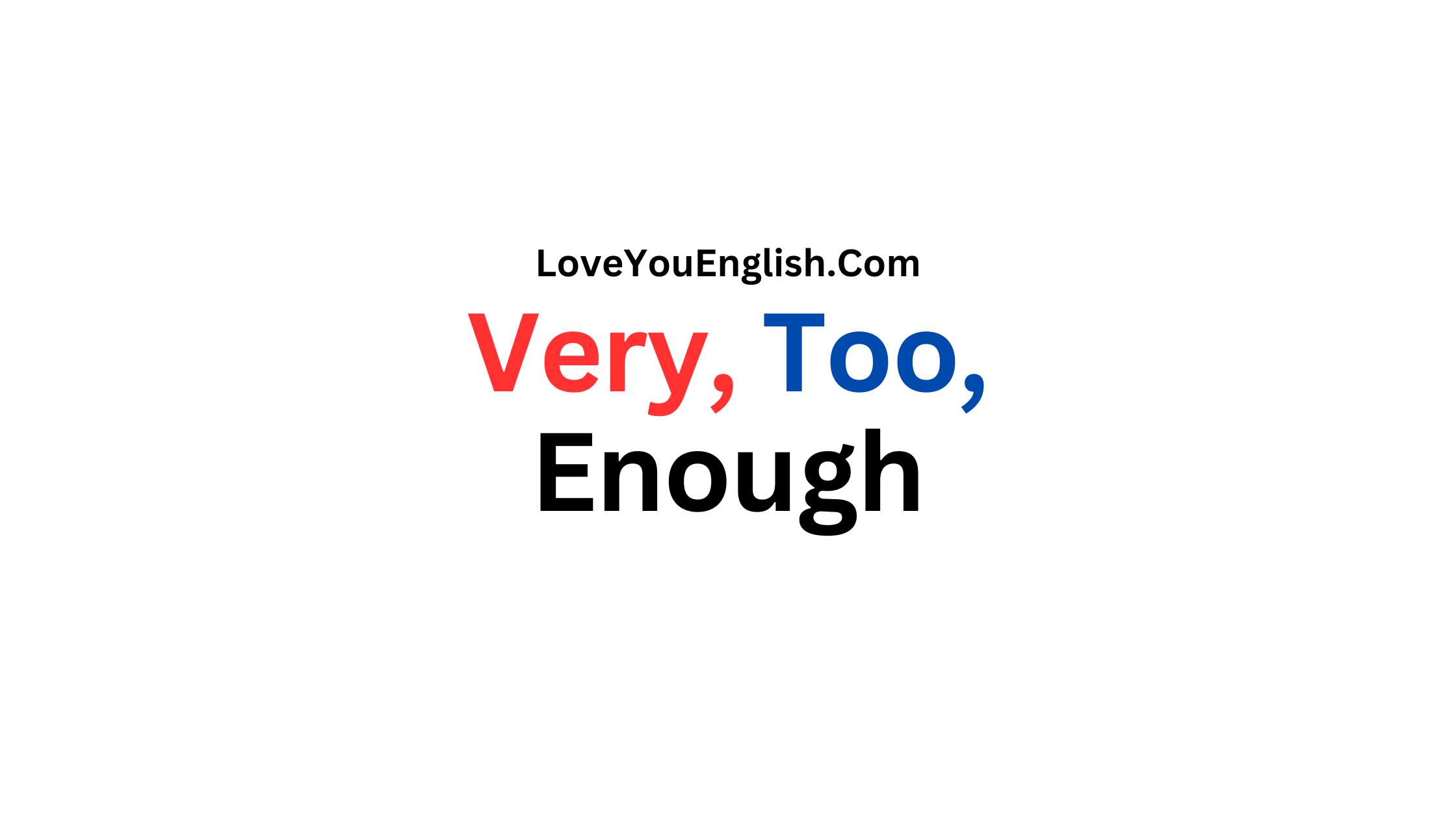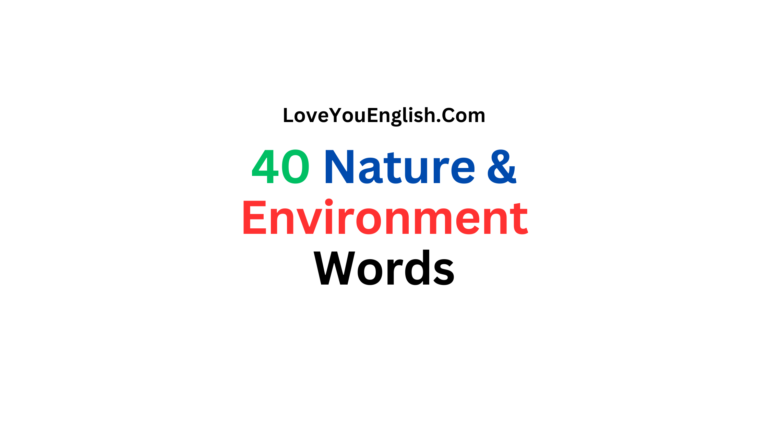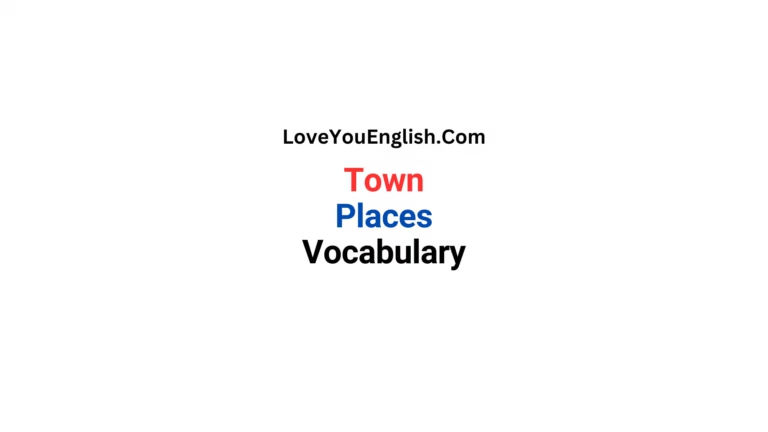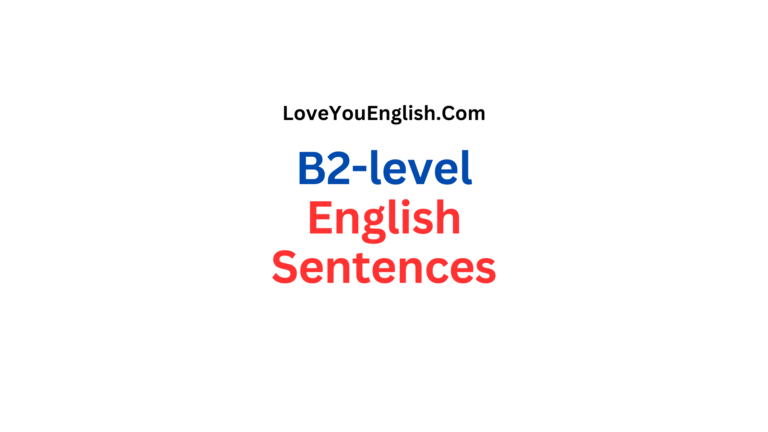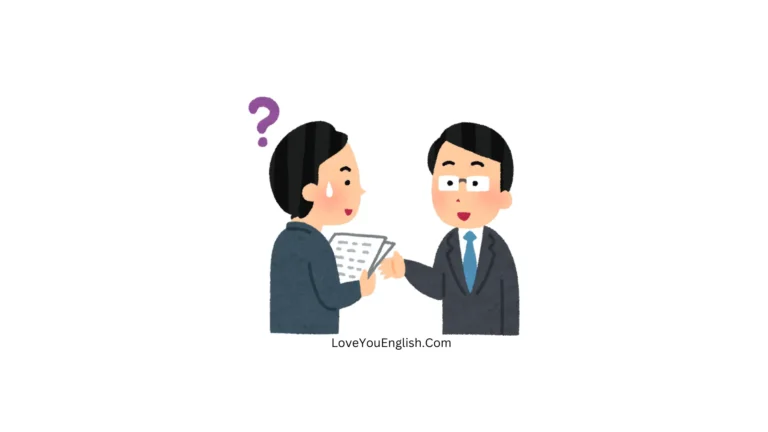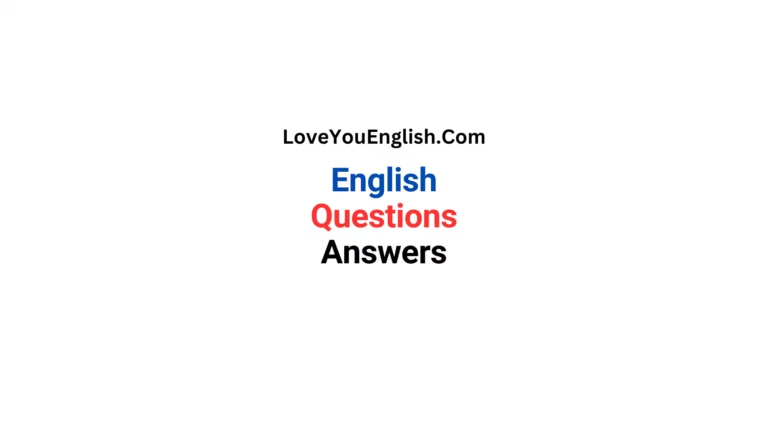Differences Between Very, Too, and Enough
Differences Between Very, Too, and Enough
When we talk or write, we often want to make our words stronger or clearer.
Three words that help us do this are “very,” “too,” and “enough.”
These small words can change the meaning of what we say in big ways.
In this post, we’ll look at each of these words, see how they work, and learn when to use them.
Table of Contents
TogglePart 1: Very
What does “very” mean?
“Very” is a word we use to make something stronger. When you say something is “very” good, you mean it’s not just good, but really good. “Very” adds extra power to words.
How do we use “very”?
We usually put “very” before adjectives (words that describe things) or adverbs (words that describe actions).
Here are some examples:
With adjectives:
-
- The cake is good. → The cake is very good.
- The movie was interesting. → The movie was very interesting.
- He is tall. → He is very tall.
With adverbs:
-
- She runs fast. → She runs very fast.
- He speaks quietly. → He speaks very quietly.
- They work hard. → They work very hard.
When to use “very”:
Use “very” when you want to make a description stronger. It’s like turning up the volume on your words.
Here are some situations where “very” comes in handy:
- To show excitement: “I’m very happy about my new job!”
- To emphasize importance: “It’s very important that you arrive on time.”
- To express strong feelings: “I’m very sorry for the mistake.”
- To describe extreme conditions: “The weather is very hot today.”
Things to remember about “very”:
Don’t overuse it:
If you use “very” too much, it can lose its power. Save it for when you really need it.
There are often better words:
Instead of saying “very big,” you could say “enormous.” Instead of “very small,” try “tiny.”
It doesn’t work with all words:
Some words already mean the strongest version of something. You can’t say “very unique” or “very perfect” because these words are already at their strongest.
It can be used with “much” and “many”:
-
- “There is very much work to do.”
- “There are very many people at the party.”
It can be repeated for extra emphasis: “The roller coaster was very, very scary!”
Examples in context:
- “The test was very difficult. I studied a lot, but I still found it challenging.”
- “She speaks very softly. I have to listen carefully to hear what she’s saying.”
- “The new restaurant is very popular. We had to wait an hour for a table!”
- “I’m very excited about my birthday party next week.”
- “The mountain climb was very tiring, but the view from the top was very beautiful.”
More cool topics:
- How to Use Adjective Clauses: A Comprehensive Guide
- Understanding the Difference Between Nouns & Pronouns
- “May” vs. “Might”: What’s the Difference?
- Can vs. Could: Learn the Difference
Part 2: Too
What does “too” mean?
“Too” is a word we use to show that something is more than what we want or need. It means “more than is good” or “more than is enough.”
When we say something is “too” much, we’re saying it’s not just a lot, but it’s actually a problem.
How do we use “too”?
We often use “too” before adjectives or adverbs, just like “very.”
But remember, “too” means something different.
Here are some examples:
With adjectives:
-
- The coffee is hot. → The coffee is too hot (to drink right now).
- The music is loud. → The music is too loud (it’s bothering me).
- The box is heavy. → The box is too heavy (for me to lift).
With adverbs:
-
- He talks quickly. → He talks too quickly (I can’t understand him).
- She works hard. → She works too hard (it’s not healthy).
- They eat fast. → They eat too fast (it’s not good for digestion).
When to use “too”:
Use “too” when you want to show that something is excessive or causing a problem.
Here are some situations where “too” is useful:
- To express discomfort: “These shoes are too tight. They hurt my feet.”
- To show something is beyond a limit: “The TV is too expensive. I can’t afford it.”
- To indicate inability: “The jar lid is too tight. I can’t open it.”
- To describe an unwanted degree: “It’s too cold outside. Let’s stay in.”
Things to remember about “too”:
It often implies a negative consequence: When you use “too,” you’re usually saying that something is causing a problem or preventing something else from happening.
It can be used with “much” and “many”:
-
- “There’s too much sugar in this cake.”
- “There are too many people in the elevator.”
It can mean “also,” but in a different position:
-
- “I want to go to the party too.” (This means “also,” not “excessively”)
It’s often followed by an infinitive (to + verb):
-
- “The box is too heavy to lift.”
- “She’s too young to drive.”
It can be used with “for”:
-
- “The water is too cold for swimming.”
- “This book is too difficult for beginners.”
Examples in context:
- “The movie was too long. I fell asleep before it ended.”
- “He speaks too softly. I can’t hear what he’s saying.”
- “The dress is too expensive for me to buy.”
- “It’s too late to call her now. Let’s wait until morning.”
- “The soup is too spicy for the children to eat.”
Comparing “very” and “too”:
It’s important to understand the difference between “very” and “too.” While both make words stronger, they have different meanings:
- “Very” just makes something stronger without saying it’s good or bad.
- “Too” means something is more than what’s wanted or needed, often causing a problem.
For example:
- “The water is very hot.” (It’s really hot, but that might be okay)
- “The water is too hot.” (It’s so hot that it’s a problem, maybe you can’t drink it)
- “She runs very fast.” (She’s a quick runner, which is probably good)
- “She runs too fast.” (She runs faster than she should, which might be dangerous)
Part 3: Enough
What does “enough” mean?
“Enough” is a word we use to show that something is sufficient or adequate.
It means we have just the right amount – not too much and not too little. When we say we have “enough,” we’re saying we don’t need any more.
How do we use “enough”?
We can use “enough” in several ways:
After adjectives or adverbs:
-
- The soup is hot enough. (It’s sufficiently hot)
- He runs fast enough. (He runs at a sufficient speed)
Before nouns:
As a pronoun (standing alone):
-
- “Do you have money?” “Yes, I have enough.”
When to use “enough”:
Use “enough” when you want to show that something is sufficient or that a certain level has been reached.
Here are some situations where “enough” is useful:
- To show satisfaction: “I’ve had enough food. I’m full now.”
- To indicate sufficiency: “The box is big enough to hold all the books.”
- To express adequacy: “My English is good enough to have a conversation.”
- To set a minimum requirement: “You need to be tall enough to ride this rollercoaster.”
Things to remember about “enough”:
It can mean different things to different people:
What’s “enough” for one person might not be “enough” for another.
It’s often used with “for”:
-
- “The car is fast enough for city driving.”
- “I have enough money for the movie ticket.”
It can be used with infinitives (to + verb):
-
- “She’s old enough to stay home alone.”
- “The music is loud enough to hear from outside.”
It can be used in negative sentences:
-
- “I don’t have enough time to finish the project.”
- “The room isn’t warm enough for the baby.”
“Enough is enough” is a common phrase: This means “stop, no more” or “this has gone too far.”
Examples in context:
- “I’ve studied enough for the test. I feel prepared now.”
- “There’s enough sugar in the cake. Don’t add any more.”
- “The ladder isn’t tall enough to reach the roof.”
- “Do we have enough chairs for all the guests?”
- “She’s brave enough to try skydiving.”
Comparing “very,” “too,” and “enough”:
Now that we’ve looked at all three words, let’s see how they compare:
- “Very” intensifies without judgment: “The water is very hot.” (It’s really hot, but that might be fine)
- “Too” shows excess or problem: “The water is too hot.” (It’s so hot that it’s a problem, maybe you can’t drink it)
- “Enough” shows sufficiency: “The water is hot enough.” (It’s sufficiently hot for what you need)
Here’s another example:
- “The box is very heavy.” (It weighs a lot)
- “The box is too heavy.” (It weighs more than I can lift)
- “The box is heavy enough.” (It weighs as much as it needs to)
Conclusion:
Understanding the differences between “very,” “too,” and “enough” can help you express yourself more clearly in English.
Remember:
- Use “very” to make descriptions stronger.
- Use “too” to show that something is excessive or problematic.
- Use “enough” to indicate that something is sufficient or adequate.
By using these words correctly, you can add more precision and meaning to your language.
Practice using them in different contexts, and soon they’ll become a natural part of your vocabulary.

